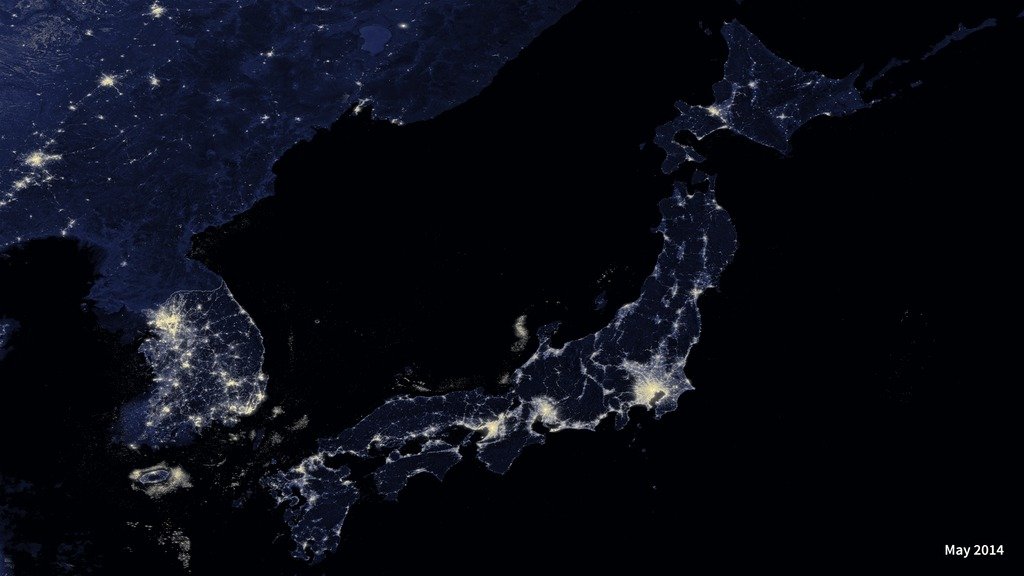Centre and Periphery in Japanese Historical Studies (Chapter Review)
The main argument within this chapter is that Japanese history is centred within specific locales, such as Kyoto and others, mainly focused on the island of Honshu. This is the equivalent to saying everything which happens in the UK is centred on, say, London, to the exclusion of everythng outside of the M25/Greater London area.
Given that Japan is an archipelago of islands, it seems natural, even obvious to see this chain of islands as stepping stones from other parts of Asia. Given the ethnic similarities between the Chinese, Japanese and Korean peoples, we can easily see that the Japanese didn’t just appear in Kyoto, or even Hōnshu, rather they evolved over a long people of time, slowly progressing across the landscape and creating a nation state of their own, even in areas which were already occupied by indigenous peoples.
One aspect the chapter does query is the lack of discussion on the Ainu, who were only recognised in law in 2019 (Murakami S./Japan Times, 2019). The indigenous people of the archipelago, the Ainu are ethnically not Japanese, but also maintain their own language, culture and belief system. As is with the case with other ethnic majorities, as seen in the US, Canada and other countries around the world, the Ainu were repressed almost into extinction and it is estimated there are perhaps only 200,000 alive today. Now their culture is instead being preserved, though their numbers continue to decrease and it seems there is now a race against time to undo some of the damage caused and preserve this way of life before it fades away.
Michael Lewis’ discusses the homogeneity of the Japanese population, as well as the connection between the majority Japanese population and how minorities exist, which in the past has seen the whole attempt to consume, educate and remake anyone or any ethnic group which stands out (in this case the Ainu people). But he also argues that power is not static and existence is not a march towards modernity either, rather more a series of jumps which are often influenced by outside sources, as the Meiji Restoration was by Japan’s desire to emulate foreign, Western nations.
The chapter primarily discusses the work of Immanuel Wallerstein and his theory of world systems. This forces the reader to think very logically about the movement of human beings and how we tend to focus on places of power such as capital cities or long-established regions rich in resources and history. Yes, places of power are where things inevitably happen but they are not immune from shifting with time and exploration, as—for example—the Japanese capital moved from Nara to Kyoto to Tokyo.
This is an interesting chapter, ripe for discussion, especially given the focal point on the northern parts of Japan and the importance this has to the Ainu people. It also forces scholars and anthropologists to remember that life is constantly shifting, along with power, and is never static for long.
Bibliography
Murakami, S./Japan Times (2019) Japan's Ainu recognition bill: What does it mean for Hokkaido's indigenous people? https://www.japantimes.co.jp/news/2019/02/25/reference/japans-ainu-recognition-bill-mean-hokkaidos-indigenous-people/ [Accessed on 20th October 2021]
Tsutsui, W. M. (ed.) 2007, A Companion to Japanese History, John Wiley & Sons, Incorporated, Hoboken. Available from: https://ebookcentral.proquest.com/lib/UEA/detail.action?docID=350876# [Accessed on 17th October 2021].

